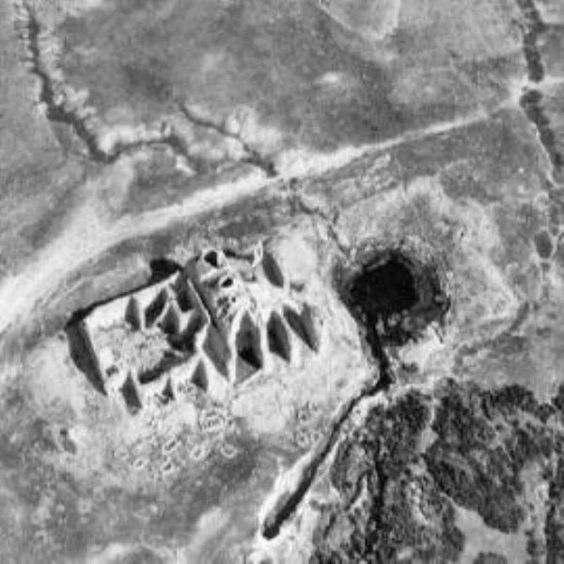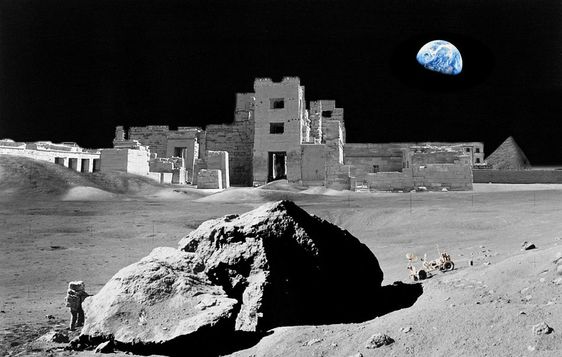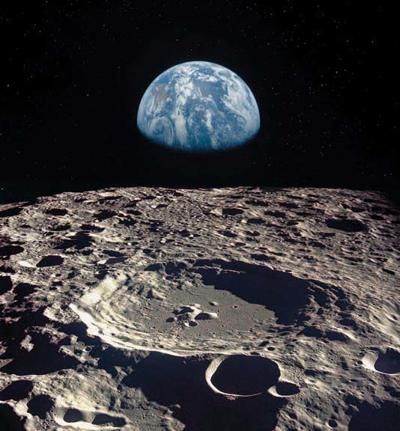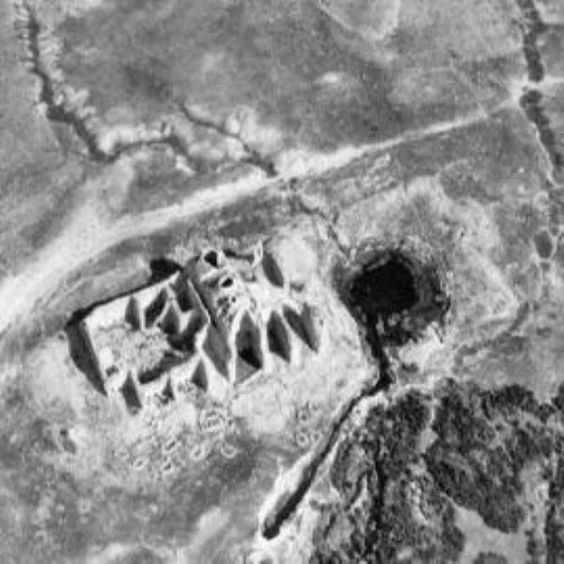The Moon, our closest celestial neighbor, has always fascinated humanity. Its cratered surface, visible to the naked eye, has sparked countless myths and scientific inquiries. Recently, a sensational claim has emerged, suggesting the presence of ruins of an ancient city stretching 15 km on the Moon. This article delves into the truth behind these intriguing claims, exploring the evidence, scientific perspectives, and potential implications.

## The Origins of the Claim
The notion of an ancient city on the Moon originated from a series of high-resolution images taken by lunar orbiters. Amateur astronomers and some fringe researchers have pointed out structures that appear to be remnants of buildings, roads, and other man-made constructions. These structures allegedly form a sprawling city that spans an impressive 15 km, hidden in the Moon’s rugged terrain.

### Analysis of Lunar Images
The images in question were captured by orbiters like NASA’s Lunar Reconnaissance Orbiter (LRO) and the Indian Space Research Organisation’s (ISRO) Chandrayaan missions. Enthusiasts argue that these images reveal geometric shapes and patterns that are unlikely to be natural formations. They highlight rectangular and circular structures, straight lines resembling roads, and clusters of shapes that seem organized and purposeful.

## Scientific Scrutiny and Skepticism
While the idea of an ancient lunar city is captivating, it faces significant skepticism from the scientific community. Experts urge caution, emphasizing the importance of rigorous analysis and the potential for misinterpretation.
### Geological Explanations
Most scientists attribute these supposed structures to natural geological processes. The Moon’s surface is shaped by a variety of factors, including meteorite impacts, volcanic activity, and tectonic movements. These processes can create formations that might appear artificial to the untrained eye. The lack of atmosphere on the Moon also means erosion happens differently, preserving sharp and angular features that might be mistaken for man-made structures.
### The Role of Pareidolia
Pareidolia, the tendency to perceive familiar patterns where none exist, plays a crucial role in these claims. It’s a psychological phenomenon where people see faces, shapes, and objects in random patterns. On the Moon’s cratered and shadowed surface, pareidolia can easily lead to the misidentification of natural features as artificial constructions.
## Investigations and Evidence
To substantiate the claim of an ancient city, concrete evidence is necessary. This includes detailed geological surveys, in-situ examinations, and samples that can be analyzed for signs of artificial origin.
### Lunar Missions and Data Collection
Current and future lunar missions could provide more detailed data. NASA’s Artemis program, aimed at returning humans to the Moon, and other international missions might offer opportunities to closely investigate the areas in question. Robotic landers and rovers equipped with advanced imaging and analysis tools could explore these sites and determine their true nature.
### Scientific Studies and Publications
For the claim to gain credibility, it needs to be backed by peer-reviewed scientific studies. These studies would involve rigorous examination of the lunar images, comparison with known geological formations, and possibly even physical samples returned from the Moon. Until such evidence is presented, the idea of an ancient lunar city remains speculative.
## Implications of an Ancient Lunar City
If proven true, the existence of an ancient city on the Moon would have profound implications for our understanding of the Moon and potentially even for the history of intelligent life in our solar system.
### Redefining Lunar History
The discovery would necessitate a complete revision of lunar history. It would imply that the Moon was once habitable and possibly home to an advanced civilization. This, in turn, would raise questions about the origin and fate of these hypothetical lunar inhabitants and their level of technological advancement.
### Impact on Space Exploration
Such a discovery would undoubtedly spur renewed interest and investment in lunar exploration. It would become a primary target for future missions, both robotic and manned. Understanding the origins and nature of these ruins would be crucial, potentially providing insights into technologies and survival strategies that could benefit humanity.
### Philosophical and Cultural Impact
The confirmation of ancient lunar ruins would also have a significant impact on human philosophy and culture. It would challenge our understanding of life’s uniqueness on Earth and inspire new theories about the existence of life elsewhere in the universe. The cultural ramifications would be vast, influencing art, literature, and our collective imagination.
## The Ongoing Quest for Truth
The claim of an ancient city stretching 15 km on the Moon remains one of the most fascinating and controversial topics in space exploration. While current evidence does not conclusively support the existence of such a city, the idea continues to captivate the imagination of many. As our technological capabilities improve and more lunar missions are launched, we may one day uncover the truth behind these enigmatic structures.
For now, the scientific community remains cautious, advocating for thorough investigation and evidence-based conclusions. Whether these formations turn out to be natural geological features or the remnants of an ancient civilization, the quest for knowledge and understanding continues to drive our exploration of the Moon and beyond.

